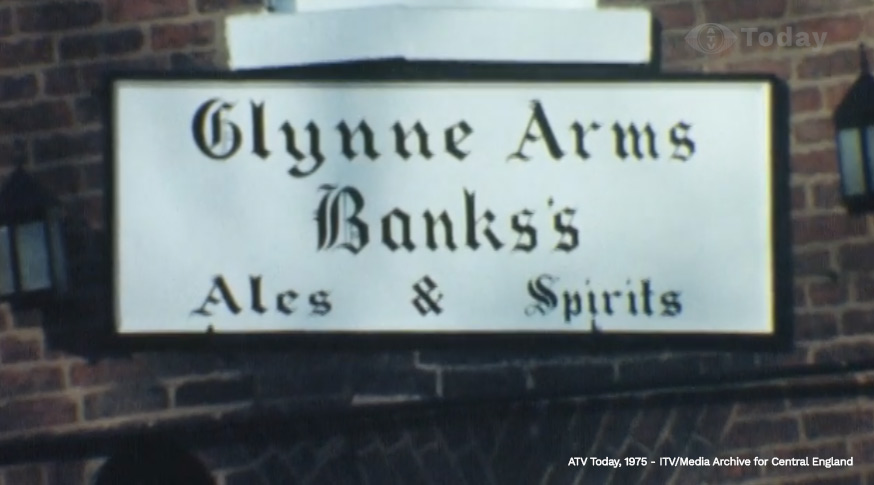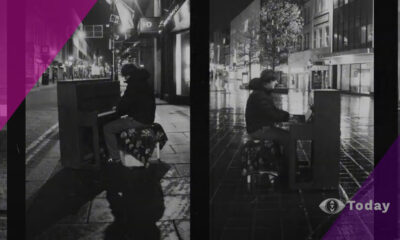John R. Bryson, Professor of Enterprise and Economic Geography, University of Birmingham reflects on the recent cultural disaster near Dudley when a history pub and world-wide known tourist attraction suddenly burned down and while structurally sound was demolished…
The British approach to spatial planning is fundamentally flawed. The flawed nature of the planning process has been highlighted by the case of The Crooked House – originally a farm house, then The Glynne Arms – Himley, located near Dudley in the Black Country, UK. On Saturday 5 August 2023 a fire gutted the wonkiest pub in Britain with the building being subsequently demolished on 7th August.
This building was not a protected structure and had not been formally identified as a building of local and one could argue of international significance. This represents a major failure in this country’s approach to spatial planning and Levelling Up.
There is an on-going real threat to the identity of all UK villages, towns and cities and this threat comes from the planning process and building regulations. The planning process would argue that it is sensitive to place, but this sensitivity fails to protect what can be labelled as the essence of a place. Thus, Himley’s essence was directly linked to the presence of The Crooked House in this locality, and yet the planning process failed to protect this structure or even to formally recognise this structure’s importance.

The Levelling Up agenda in the UK is driven by a concern with economic growth. The outcome will be the on-going destruction of the essence of many UK places. Levelling Up too often means that places are levelled down; new buildings that meet current approaches to planning, architectural style, and building regulations replace highly distinctive local structures but frequently fail to make a positive and distinctive contribution to a place’s essence.
Thus, The Crooked House might be replaced with a modern structure that adds nothing to Himley’s unique place-based identity. A highly distinctive building would have been replaced with a conventional structure that could be located in any town or city. It is also worth noting that it is unlikely that building regulations would permit The Crooked House to be reconstructed (in its original form) as any such reconstruction would not meet current regulations.
It is time to revisit the UK’s approach to protecting the essence of place. Currently, buildings are listed that are considered to have special architectural and historic interest to ensure that these are protected for future generations. This listing process is too focused on a building’s age and architectural interest and fails to take sufficient account of the contribution that a building makes to a place’s essence. Usually, all buildings built before 1700 that survive in anything like their original condition are listed.

However, this excludes buildings that have experienced alterations over the centuries with the outcome resulting in a building that adds to a locality’s sense of place. There is too much emphasis placed on the purity of the surviving architectural form and on some subjective assessment of what defines great architecture. Thus, in architectural terms there would be no justification in listing The Crooked House.
There are currently three categories of listed buildings in England. Grade 1 buildings are deemed to be of exceptional interest, Grade II* are particularly important buildings of more than special interest and Grade II are buildings of special interest. There are many problems with this system. Listing does not provide full protection, but the key issue is the overemphasis placed on architectural significance rather than place-based significance.
There is an urgent need for a new grading category to be added that would be allocated to all buildings, collections of buildings or streetscapes that make a special contribution to the essence of a place.

There should be no categories in this new listing as all buildings irrespective of age or architectural significance would be included in a category that would have the same level of protection as a Grade 1 building. One could argue that the level of protection should be much greater as this new category tries to protect a place’s distinctive essence.
Buildings and streetscapes to be included in this new category should reflect the concerns of local communities informed by a narrative regarding what differentiates one place from another. This new category would include buildings of no architectural importance, but these would be structures that make a major contribution to the identity and essence of a place.
The Crooked House is an excellent example of such a building as its demolition has removed an important part of Himley’s place-based identity and essence of place.
A group supporting the rebuilding of this famous pub and attraction has been launched on Facebook with nearly 20,000 members.














